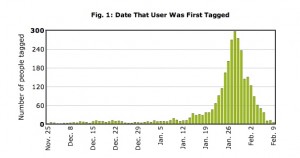Hmmm… The Author’s Guild isn’t exactly enamoured of Amazon’s new eBook reader.
February 12, 2009. On Monday, Amazon CEO Jeff Bezos unveiled Amazon’s Kindle 2 e-book reading device at the Morgan Library in New York. Most of the changes from the first version of the Kindle are incremental improvements: the new Kindle is lighter and thinner, for example, and Amazon eliminated the scroll wheel. One update, however, is wholly new: Amazon has added a ‘Text to Speech’ function that reads the e-book aloud through the use of special software.
This presents a significant challenge to the publishing industry. Audiobooks surpassed $1 billion in sales in 2007; e-book sales are just a small fraction of that. While the audio quality of the Kindle 2, judging from Amazon’s promotional materials, is best described as serviceable, it’s far better than the text-to-speech audio of just a few years ago. We expect this software to improve rapidly.
We’re studying this matter closely and will report back to you.
Translation: we’re consulting our lawyers.
This is nuts. As Neil Gaiman (who has just won this year’s Newbery Medal for the most distinguished contribution to children’s literature) puts it:
“When you buy a book, you’re also buying the right to read it aloud, have it read to you by anyone, read it to your children on long car trips, record yourself reading it and send that to your girlfriend, etc. This is the same kind of thing, only without the ability to do the voices properly, and no-one’s going to confuse it with an audiobook. … Any authors’ societies or publishers who are thinking of spending money on fighting a fundamentally pointless legal case would be much better off taking that money and advertising and promoting what audio books are and what’s good about them with it.”




